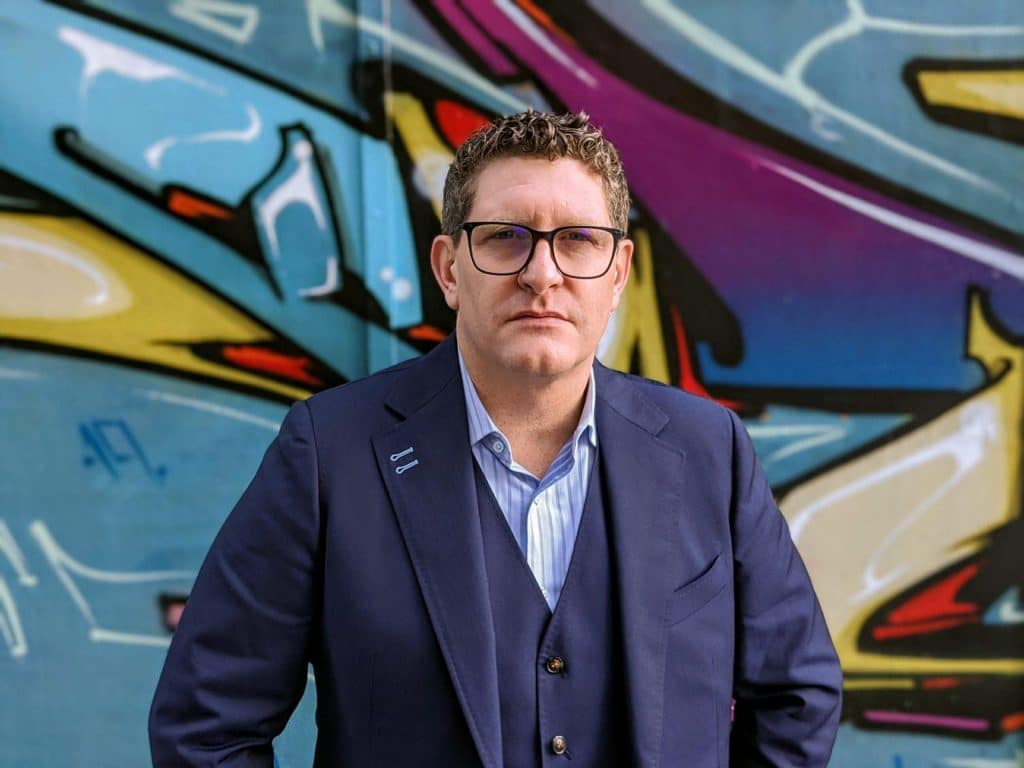
In 2009, John Quelch of the Harvard Business School published an article in Harvard Business Review on How to Use Market Research in a Recession. The thesis? While uncertainty in business and consumer markets can soar during economic uncertainty, a reduction in spending on market research will hurt an organization.
After all, the purpose of said market research is to help the organization manage this type of uncertainty. Quelch went on to say:
“In flush times, a rising tide of consumption can compensate for less than optimal branding, positioning, pricing, or segmentation. That is certainly not the case [during a recession]. At the same time that marketers must pare down research expenditures, they face added pressure to secure high-quality data and insights.”
John Quelch
Today, we find ourselves, once again, facing economic turmoil. So, let’s revisit Quelch’s recommendations for CMOs, insight teams, and professionals responsible for using data and insights to make smart business decisions during a recession. Then let’s examine key considerations in the modern context.
Stay Focused
In 2009, Quelch suggested that a recession is the worst time to implement a “spray and pray” strategy. To maximize budgets and resources during an economic downturn, it is critical to not only focus your research on key brands and markets — you need to be sure you accurately identify and understand your existing core consumer. Focus on this core consumer as they will be more likely to engage and advocate for your brand, product, or solution.
Key Consideration:
In 2022, understanding your core consumer will be incomplete and inaccurate if you leverage research that only analyzes and reports on behavior. To truly understand your core consumer, you need to leverage methodologies that can reveal the motivations shaping consumer expectations. Advancements in artificial intelligence (AI) and machine learning now allow researchers to not just track what consumers are saying or doing, but map this back to why. Grouping consumers based on shared motivations can help marketers and insight professionals be more focused on who they are targeting and what messaging will resonate with this critical group of consumers.
Enlist Trusted Partners
In 2009, Quelch emphasized that trust is critical between the client and the research supplier, and that that trust will be deeper if the research supplier can help the client extract more insights and make better decisions based on fewer expenditures.
Key Consideration:
In 2022, technology-enabled research is key to delivering more insights, at a lower cost without compromising on quality or accuracy. Take the emergence of AI Anthropology and how it has transformed qualitative research. In the past, foundational research would require deep investments for infield approaches like home visits, consumer interviews, or ethnographies. But by taking proven social science models, applying them to big datasets available online, AI Anthropology allows clients to extract more accurate and measurable insights at a fraction of the cost.
Value Experience and Judgement
In 2009, Quelch emphasized that clients should tap into the knowledge and intuition of researchers who’ve lived through relevant experiences. This could include people who have navigated economic downturns in a market, or those who have experienced similar situations around the globe.
Key Consideration:
In 2022, clients should also consider partnering with and collaborating with peers that work for non-competing companies. In the past 3 years, Lux MotivBase leadership has hosted numerous workshops and speaking engagements bringing together CMOs, senior insight professionals, and experts to share both their experiences and solutions for implanting best practices at their organizations. Cross-collaboration knowledge sharing is key in tough economic times.
Seize Opportunities Overseas
In 2009, Quelch highlighted the importance of looking to emerging markets as a key to compensating for economic uncertainty and identifying new areas of opportunity to cement brand preferences early in new markets.
Key Consideration:
In 2022, online engagement in emerging markets like China, India, and Brazil is more established than ever before. Pre-downturn, these markets were key to the Fortune 1000. But with a looming recession, the ability to accurately focus on emerging trends in these markets and understand the cultural reason for engagement will be critical. We referenced staying focused above. This is doubly important when working to launch a new solution or reposition a cherished brand in an overseas market.
Go Online with a Dash of Skepticism
In 2009, Quelch said that online research was affordable, fast, and the wave of the future. He challenged readers to look to online research to inform new product ideas or new ads and said the industry needs to be open to do-it-yourself approaches in a cost-cutting era.
Key Consideration:
In 2009, Quelch called out the risk of not getting a representative sample of consumers when looking at online research. This is hardly the case in 2022. In fact, over 90% of Americans are online each day.
But more importantly, it is important to consider that no research is free from some amount of bias. In a survey, you’re relying on a group that likely do not represent the range of beliefs out in the marketplace. But online respondents in the modern world allow us to increase the accuracy of research by delivering extremely large N samples (big data from millions of consumers). This is a proven way to minimize bias as shown through the Nobel prize-winning framework of Prof. Daniel Kahneman (creator of Behavioral Economics).
Don’t Cut Across the Board
In 2009, Quelch said when organizations reduce their efforts (i.e., create fewer ads, introduce fewer new products), it’s doubly important to use rigorous pretesting to select the strongest alternatives. Quelch says it is critical to understand where consumers’ value judgments are changing, or you risk irrelevance and reduced ROI.
Key Consideration:
In 2022, many clients are leveraging the meanings consumers use to understand a product or category. The goal is to better understand the beliefs and values that drive engagement. More specifically, new technology allows researchers to track changes as they occur. For example, MotivBase Signals technology identifies new and emerging shifts in culture and maps them to the dominant beliefs and values shaping the consumer perspective.
Keep an Eye on the New Consumer:
In 2009, Quelch said that no one has a perfect record of predicting the future, and a recession makes it harder for consumers to envision or articulate their needs. But eventually, the recession will end. Long-term success depends on being well positioned, based on sound research, when it does.
Key Consideration:
In 2022, while cultural predictions can exceed an 80% accuracy rate, the more critical takeaway is Quelch’s point that long-term success depends on making sound decisions in the present. The key here is to be proactive versus reactive — and take steps to ensure you are not be distracted by short-term blips in behavior. Companies that understand this will be more likely to separate themselves from their competitors and establish a competitive advantage.
Conclusion
History has a way of repeating itself. By looking back at what experts believed in 2009, we can apply this thinking in the modern context to better understand how research can serve us, as we look to help our organizations navigate the tough times ahead.
